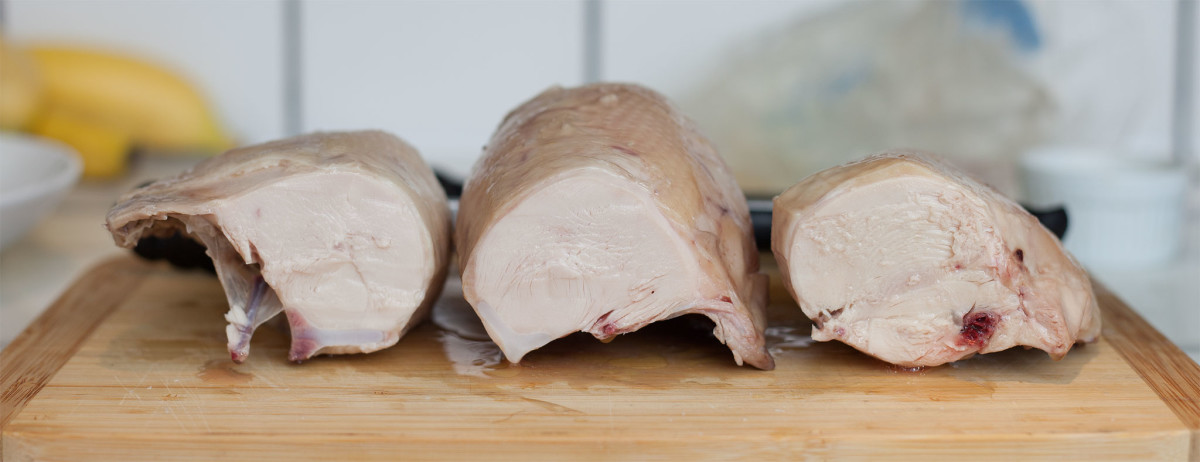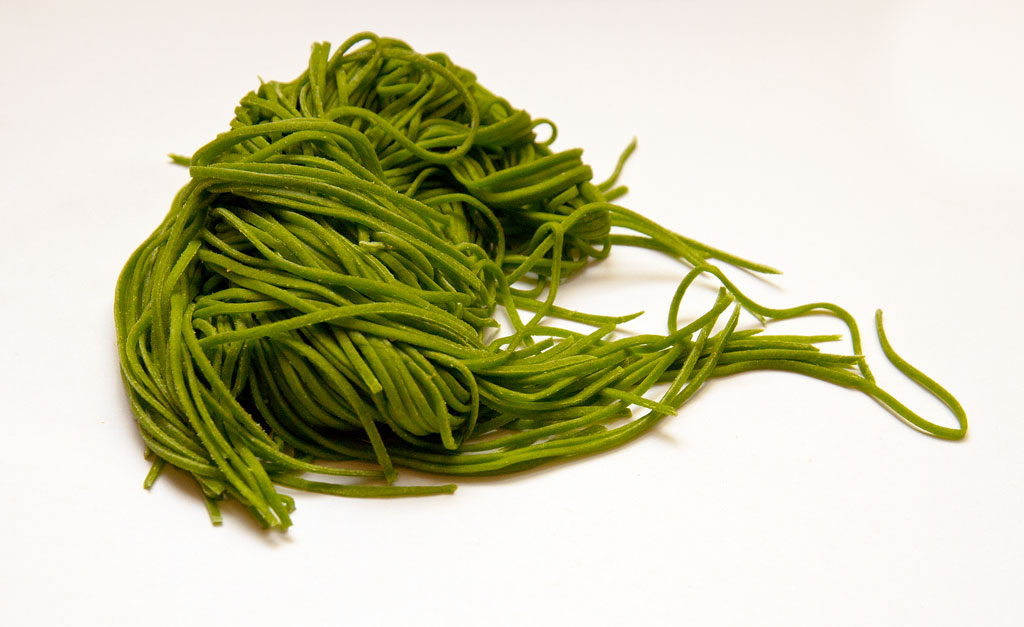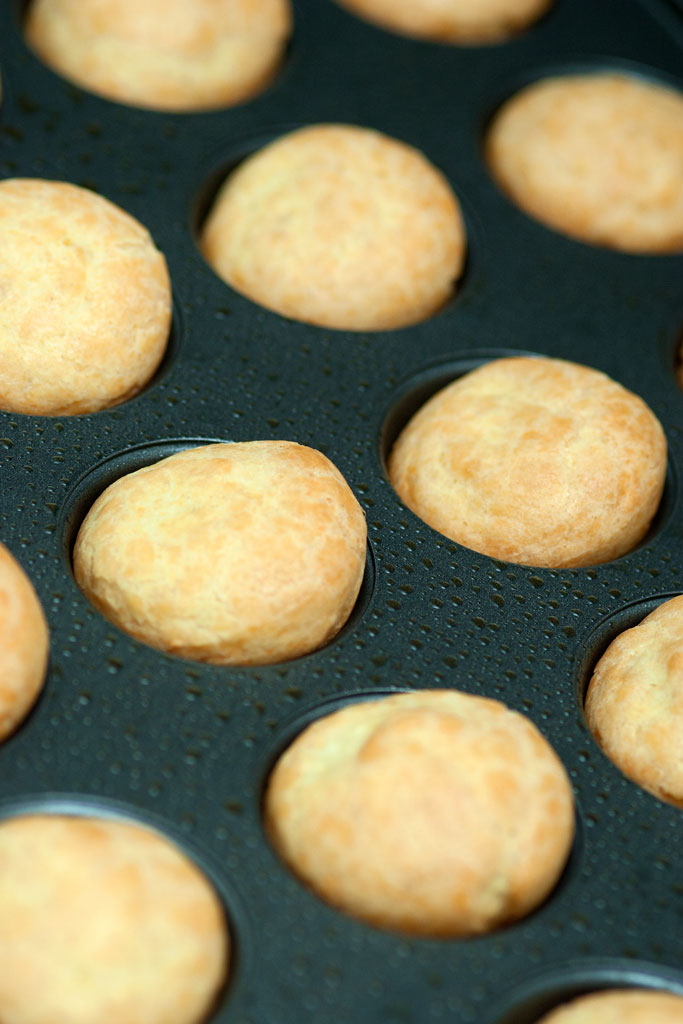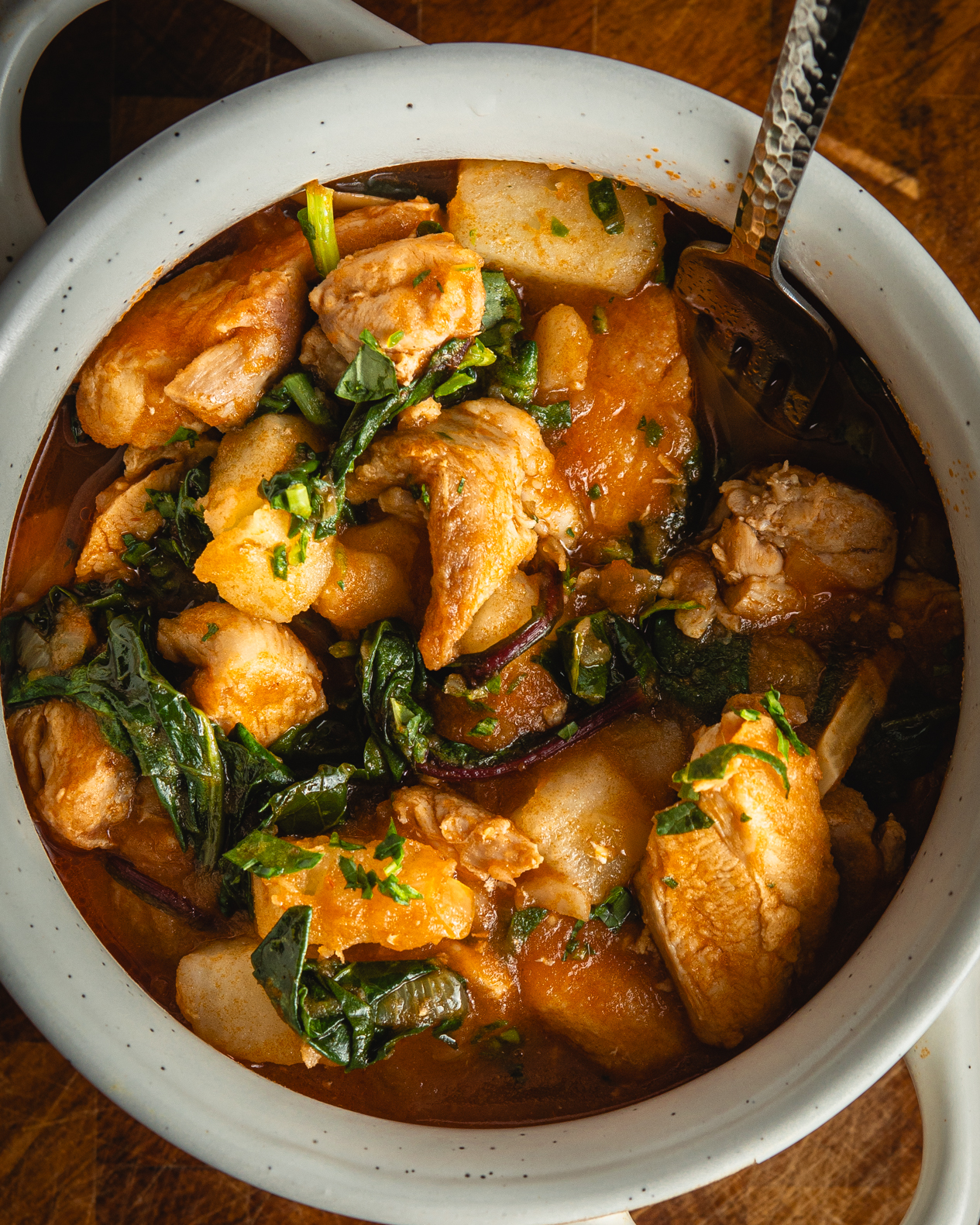
I’ve been meaning to write more on sous vide for a long while, fish and poultry mostly, but have yet to test tougher protein and longer cooking times. When it comes to cooking sous vide, owning a vacuum sealer is pretty convenient and standard practice but not an absolute requirement.
I own a VacMaster vp112 and I love it, although there’s nothing portable about it like the amazon title suggests it is in fact the smallest lightest chamber sealer out there. It is heavy though, and you’ll probably set it on the counter and never move it again, like me, but that’s besides the point. For the price it is a pretty awesome option and you can vacuum seal liquids which you couldn’t using the foodsaver types. There are plenty of cool things you can do with one of this things, quick pickles, quick marinates, bubble extractions, quick dough hydration, etc…but let’s not get off track, vacuum sealing food for sous vide cooking is what this post is about

In this post I want to document how different vacuum settings affect moisture loss if so. Some vacuum sealers can adjust the quality of the vacuum they create, since the purpose of bagging food is to have the food come into indirect contact with the heated water without air getting in the middle, but I’m not sure how important a good vacuum is required. A strong vacuum will drive water out of the chicken breast in this case and help dry it out, at least this is my theory. The experiment consists in cooking 3 chicken breasts differently packed and no salt. If any food scientists out there, please chime in!.

- Tight Vacuum
- Loose Vacuum
- No Vacuum, fat is used instead (butter)

My money is on the baggie containing the delicious butter. The validity of this experiment is questionable though, the chicken breasts although similar in size, aren’t exactly the same and definitely dont belong to the same bird 😉 so there will be a significant margin of error and only repetitive testing will yield a more accurate result. I don’t have 300 chicken breasts sitting around, and my little immersion circulator has already plenty to work on with the 3 chicken breasts, so repetitive testing might have to be put on hold…. I’m lazy too. Can you imagine cooking 300 chicken breasts just to prove a point?? Heston, it’s all you.

I’ve been cooking sous vides for a while and really love it, it’s a bit technical, there are really cool things to keep in mind if you wanna get serious about this cooking method which aren’t really only related to cooking sous vide but because of the low temperature at which food cooks it becomes important, stuff like pasteurization of food, danger zone, botulism, listeria elimination, food safety, par-cooking, core temperature, carry-over heat, thermocouples, PID temperature controlling, etc… but if you just want to cook a chicken breast, you don’t need to know about most of that. It’s quite simple and fun.
Things you need to know though… for this experiment:
1. Raw chicken is a dangerous thing to eat, so please, don’t
2. Chicken meat cooks at rather low temperatures, breast protein denatures at about 64°C
3. Muscle fibers in lean meats like chicken or turkey breast will firm up over time.
4. This firming up will lead to water loss, so don’t over cook.
5. About 1 hour (2 if bone+skin) in the water bath should be plenty in most cases.
There are also plenty of recipes online, whole blogs dedicated to this, as well as temperature charts, pdfs, you name it… no matter what the source of the cooking times and temperatures is, it’s all an approximation, so only use as reference, and have fun experimenting.

After 2 hours at 64°C the moment of truth is here, ok.. almost here.

After slicing, here’s what I found:
Tight Vac:
Only slightly dryer than the other 2, barely perceptible and perfectly yummy. You can see the difference in the photo at the bottom of this post.
Loose Vac:
Perfect, delicious as well, actually lost sealing during cooking, so it was simply air pushed out of the bag by the pressure of the outside water in the bath container, it cooked really wonderfully.
Butter no vac:
Perfect texture, succulent and delicious. Possibly better than the loose-vacuum. The butter flavor permeated the chicken making it even yummier. So maybe that clouded my judgement!

One thing I learned is this. Food submerged in fat and cooked sous vide is simply amazing, the texture is delicate, tender and moist. If using the proper temperature and time the moisture is retained to a maximum level. No need to vacuum seal, confit cooking comes to mind. Achieving this finish using any other cooking method is practically impossible. Cooking sous vide is extremely easy to control and the results can be easily replicated over and over again.
Cooking this way (sous vide + fat) can become expensive though, fat alone, whether using butter, duck fat or olive oil for example, adds up and I will be using this approach for special occasions only 🙂
Ather important lesson I learned, a tight vacuum isn’t a all necessary. A looser one seemed to have yielded a better dish actually. The good news about this is a looser vacuum seal takes a lot less time in the chamber, cutting down prepping time significantly.
Here is a vertical photo to maximize resolution, top to bottom: tight vac, loose vac, butter vac, you can see the muscle fibers are less and less apparent the further down you go which translates into a more delicate texture, moist:

hope this was enjoyable and somewhat helpful guys, cheers!
Wanna get more sous-vide cooking guides and cool cooking how-to’s in your mailbox? You know what needs to be done!
We never spam. You should only be getting updates when new content is posted on the site. We also respect your privacy. We don’t share your email address with anyone and you can unsubscribe anytime!





12 comments
Complicated! But interesting!!!
I’ll admit to being fascinated by sous-vide cooking, Paul, and your post did a lot to explain the vacuum process. I never really considered how important it was to sous-vide. WIth counter space at a premium in my kitchen, i don’t think I’ll be getting any of this equipment anytime soon. I’ll just sous-vide vicariously through the posts of others. 🙂
John! thank you. I have to say, all this techie stuff makes the process easier, but none of it is absolutely necessary for cooking sous vide, specially anything under 6 hours (like that’s probably the longest you want to watch after a pot of hot water, like say, turkey for thanksgiving dinner) You don’t need a vacuum sealer, ziplock baggie, some fat, you’re in business. Fish cooks really nicely using this method, my favorite thing to make in the water bath, I’ve also cooked fish under hot running water in my kitchen sink, wasteful, yes, I did it only once, but goes to show you fish cook at relatively low temperatures, and the results are amazing, the texture is fantastic. Get a cheap probe thermometer, and start testing, controlling the temperature of the water in the pot by dialing the stove knob. The absolute control of water temperature might be critical at a 3 star restaurant, and immersion circulators do that really well, but for home cooking, specially if just getting started with this cooking method, you can allow yourself an error margin of a few degrees under or over. My first immersion circulator I built form scratch thanks to the seattlefoodgeek step by step DIY guide in his blog. It lasted me about a year, until I fried the coils trying some dumb things with it 🙂 don’t get discouraged, that’s all Im trying to say. Of course, if you are good with the skillet, any protein can be cooked brilliantly as well. An immersion Circulator just makes it easier to control. A LOT EASIER. Hope you give it a try. But again, Italians didn’t need this when they invented yumminess 🙂 thanks for checking in John!
Great post, Paul, very interesting! Thanks for confirming my suspicions that the tightness of a vacuum is not important (or in fact, a loose vacuum is even better than tight).
I’m planning to buy a chamber vacuum sealer once my foodsaver-type breaks down (again). I looked at the one you have and it sounds like you’d recommend it, right?
Did you ever try chicken breast at 57C? I like the texture even better, but you need 3 hours or so to pasteurize.
Im glad you enjoyed it, thanks! I really like my vacuum sealer, its bulky but it is a chamber sealer, is probably as small as they make them anyways, comes with a hose and a special tip that hooks to custom hard plastic containers, these weren’t included. I have used it quite a bit, and it has never failed me, as long as i keep it clean, the thing is a workhorse. On top of using it for sous vide cooking, I store a lot more food around now, freeze tons of stuff, it really is a money saver in the end, and a great toy to play with.
I haven’t tried going down to 57c with chicken breasts, that’s probably the lowest limit right? wouldn’t think the protein would cook properly below that? I should give it a try, it sure sounds interesting, specially because the breast at 64 was so tender and juicy, if 57 yields better, that has to be something incredibly good.
57C is the lowest documented temperature to kill salmonella. Just for cooking you could probably go lower, but I wouldn’t recommend trying that without testing for salmonella first 😉
The chicken breasts I tried at 60C became a bit flaky, and I can’t remember whether I ever tried 64.5C, which works marvels for chicken legs.
I honestly didn’t detect dryness or flakiness at 64, maybe my chicken was fattier 🙂 I will try 57c, I believe you’re right though, also, modernist cuisine suggests 58 but only for 30 minutes. Learning tons, all I can say 🙂
Very useful tips, thanks for the article. Will start sealing my foods soon!
Great article. I’d only point out that with sous vide, you don’t need to let the meat rest. Resting is required when you’re using a hot temperature to blast the meat to its internal temperature; This high heat causes the muscle cells to contract and expel their juices, and once the heat is taken off, you need time for the juices to settle back into the meat.
With sous vide, there’s no high heat, and thus no contraction of the cell walls. You can slice into a piece of sous vide meat immediately.
The only time you won’t be doing that is if you sear the meat after it comes out of the water bath, then you’re using high temperature and you need to give it a couple minutes to relax after it comes off the grill or skillet.
Bear in mind, I’m not a scientist and am probably not getting my terms correct. It may not be the cell walls, but the muscle fibres do expel their juices at high heat.
Thanks
thanks for this clarification! I’ll edit the article in a sec. I’m not a food scientist either but in love with food science and try to learn as much as I can 🙂 It’s been a while since I wrote (about 2 years or more) so yes, I a few more lessons have been learned since. Hope you keep coming back, I post regularly. Join me on instagram if you like:
https://instagram.com/thatothercookingblog
thank you!
http://www.cookingissues.com/index.html%3Fp=1042.html
this is awesome! thanks Ted